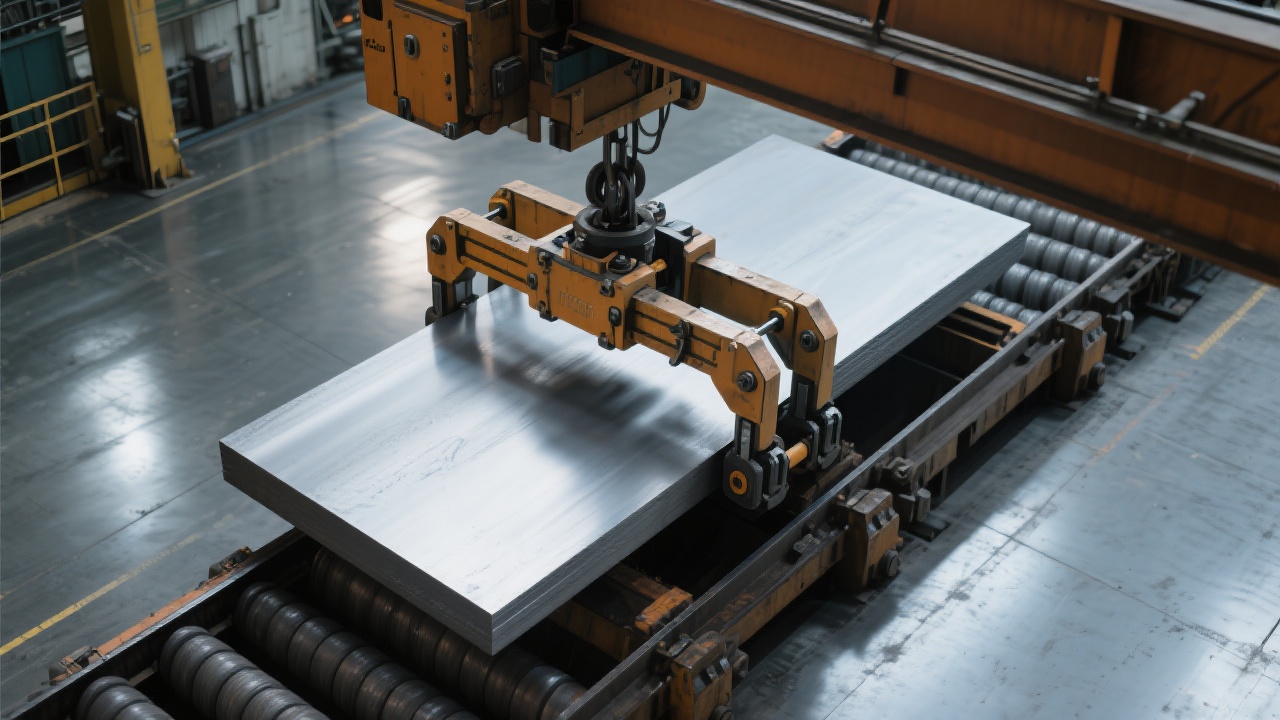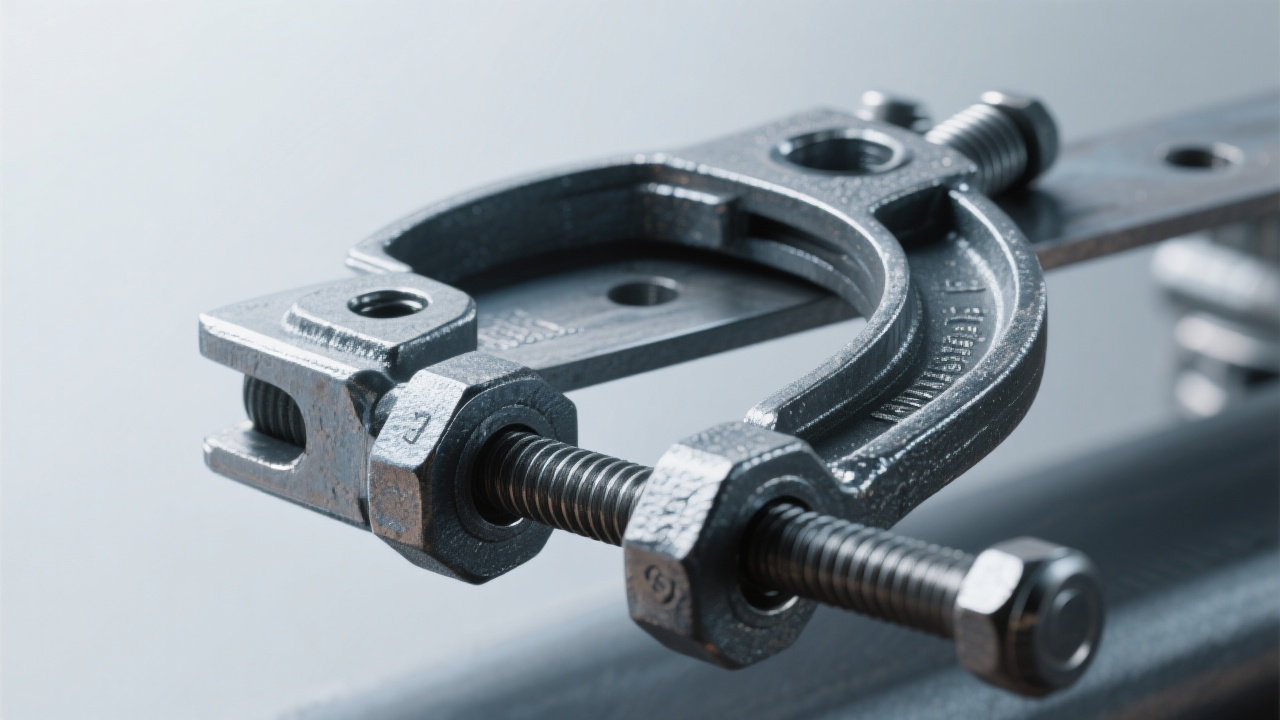
Steel production facilities worldwide are under constant pressure to increase throughput while maintaining safety and precision. In this context, power-driven steel plate clamps—especially those with hydraulic actuation and automatic opening/closing mechanisms—are emerging as a critical upgrade for hot-rolling operations.
These clamps eliminate manual handling risks in high-temperature environments and reduce cycle times by up to 35%, according to a case study from a major Chinese steel mill that implemented these systems across its continuous casting and hot rolling lines.
Unlike traditional mechanical clamps that rely on human force or fixed tension, modern power-driven clamps use precise hydraulic control to adjust grip strength based on plate thickness and temperature. This ensures consistent clamping without damaging the surface of hot steel (typically between 900°C–1200°C).
A key differentiator is their ability to maintain torque accuracy within ±2%, even after 10,000+ cycles—a metric verified through third-party testing at a German industrial lab. This reliability directly translates into fewer misalignments during transfer, reducing scrap rates by an average of 12% in real-world applications.

At a U.S.-based cold rolling facility, integrating these clamps led to a 27% reduction in crane downtime due to faster setup and less operator fatigue. Operators reported improved ergonomics and confidence in handling plates weighing up to 15 tons each.
“We used to lose 15 minutes per shift just repositioning old clamps. Now, with automatic adjustment, we’ve cut that time nearly in half.” — Mark Johnson, Operations Manager, Midwest Steel Solutions
| Feature | Traditional Clamp | Power-Driven Clamp |
|---|---|---|
| Cycle Time per Plate | ~45 seconds | ~29 seconds |
| Maintenance Frequency | Weekly | Monthly |
| Operator Fatigue Level | High | Low |

The benefits aren’t limited to speed—they also enhance safety. With automated locking and fail-safe mechanisms, incidents related to dropped loads have decreased by over 40% in plants that adopted this technology, per data from a European steel association report.
Let every piece of steel find its place—precisely. Let every minute count toward your bottom line.

